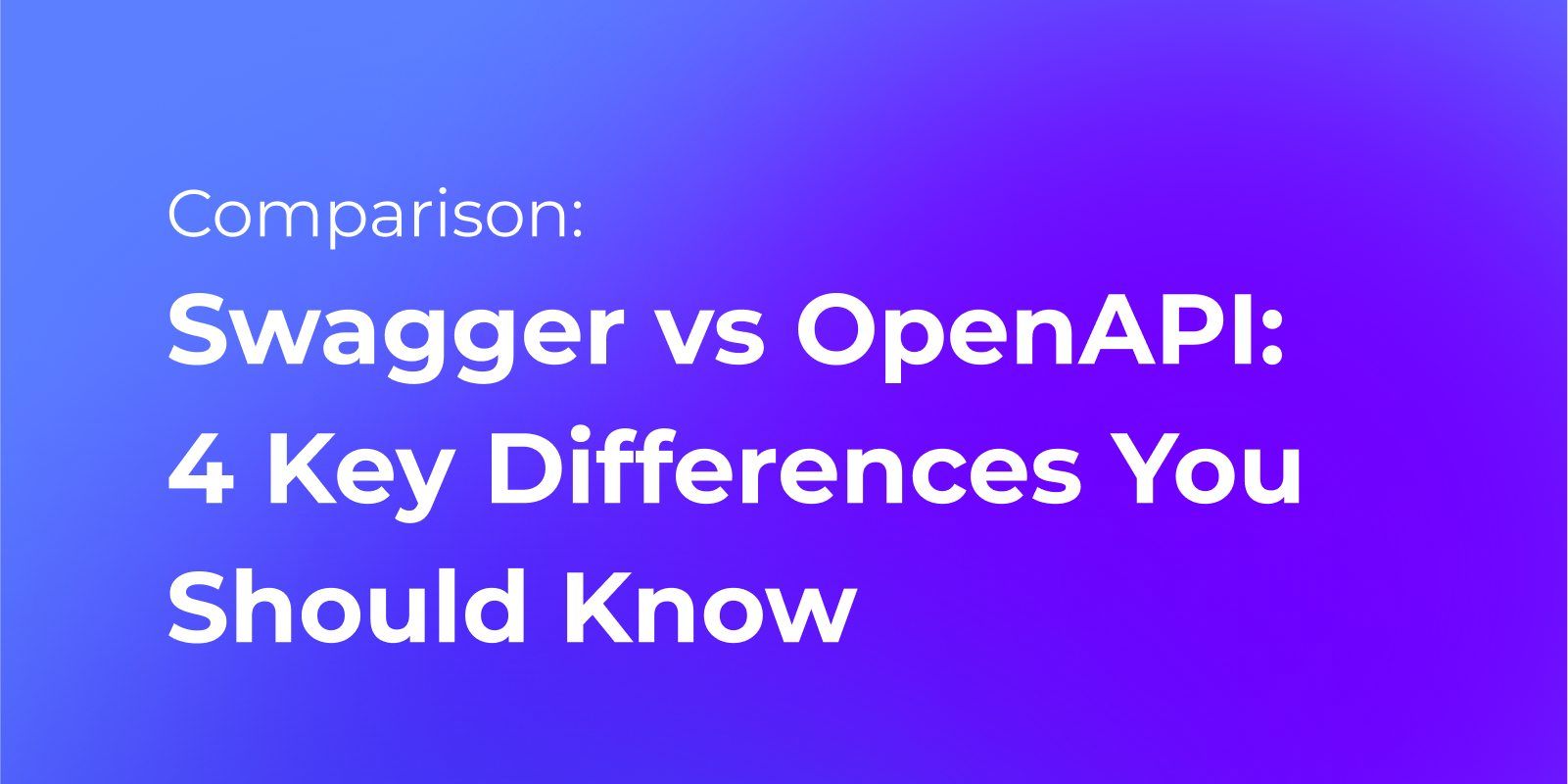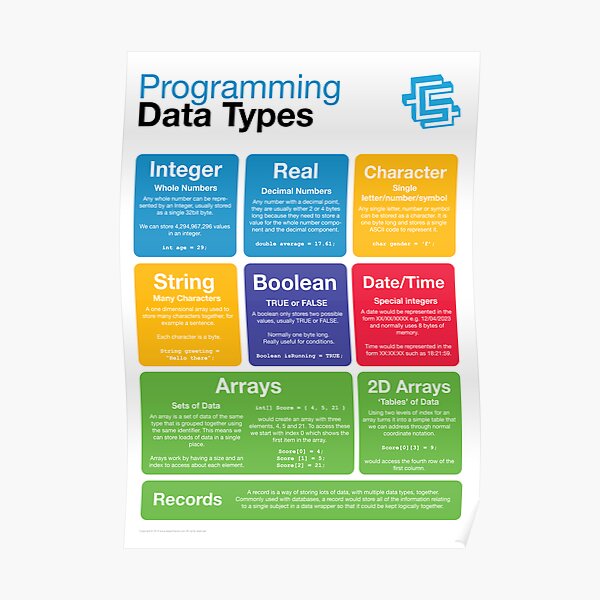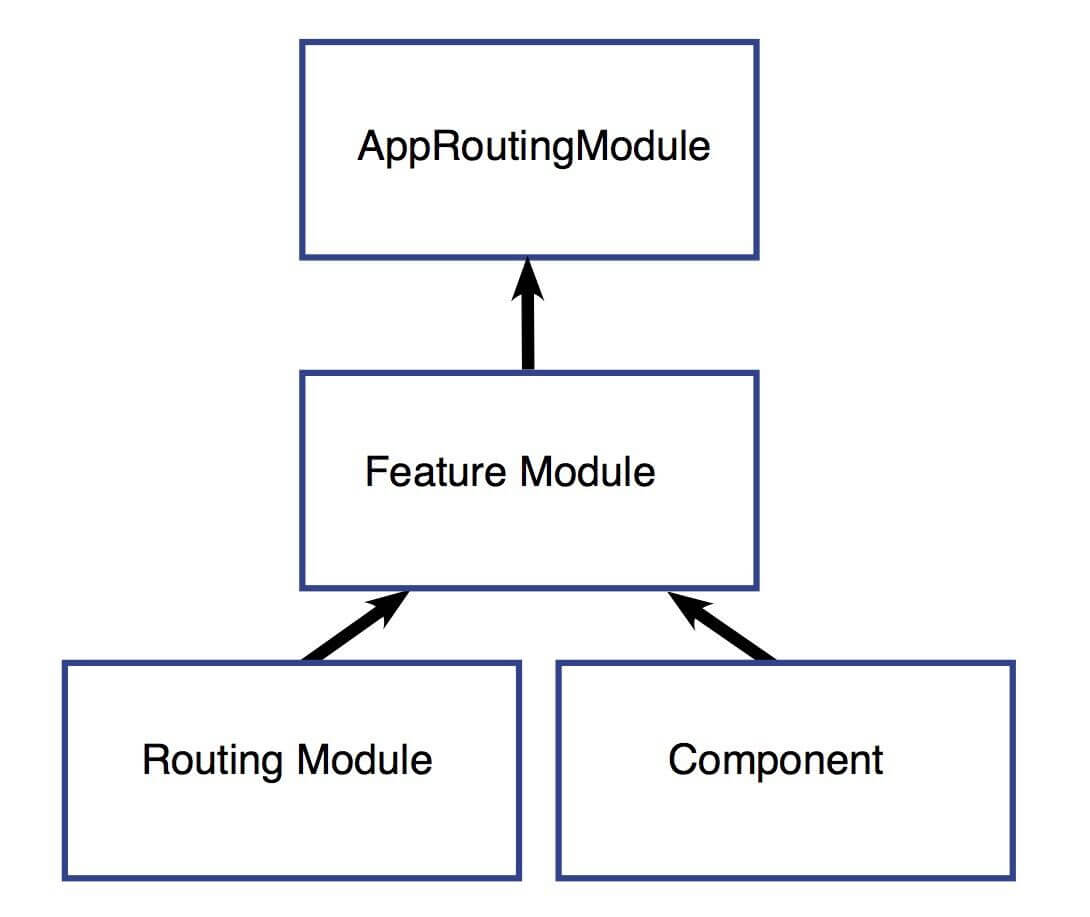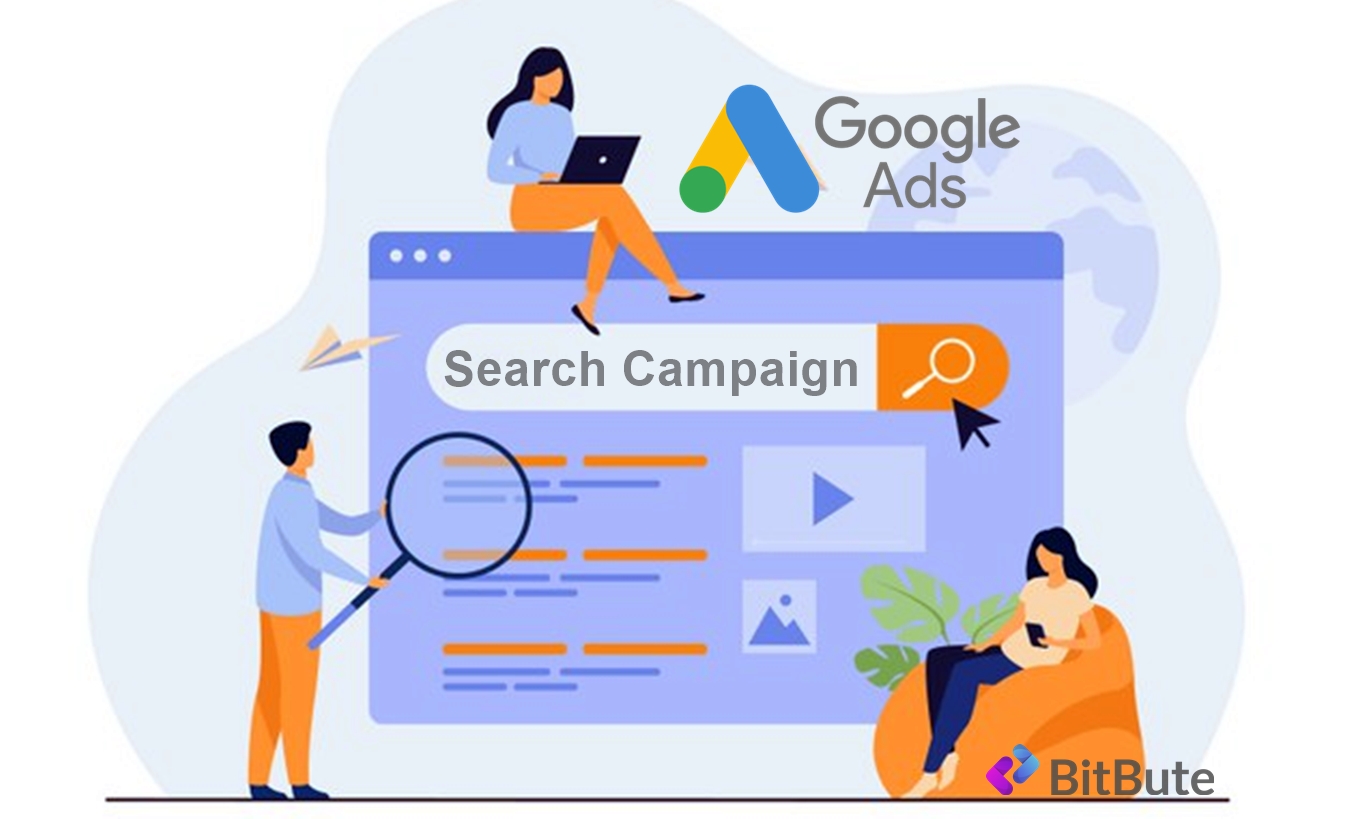When it comes to building and documenting APIs (Application Programming Interfaces), developers often face the choice of selecting the right tools for the job. Two popular options in this domain are Swagger and OpenAI’s GPT-3. In this article, we will dive deep into the features, use cases, and advantages of Swagger vs. OpenAI, providing you with a clear understanding of when to use each tool. Additionally, we’ll include a comparison table to help you make an informed decision.
Swagger: Unveiling the Swagger API Framework
Swagger is an open-source framework that simplifies the process of designing, building, and documenting RESTful APIs. It provides a user-friendly interface for developers to define API endpoints, request/response models, and authentication methods. Swagger also generates interactive documentation, making it easier for both developers and consumers to understand and test APIs.
Key Features of Swagger:
- API Design: Swagger allows you to design APIs using a visual editor, enabling easy creation of API specifications.
- Interactive Documentation: Automatically generates interactive documentation (Swagger UI) based on your API specification.
- Code Generation: Supports code generation for multiple programming languages to accelerate development.
- API Testing: Provides a platform for testing API endpoints directly from the documentation.
- Authentication: Offers various authentication methods, including API keys, OAuth2, and JWT.
Proxy Extensions for Google Chrome: Enhancing Your Online Privacy
OpenAI: Revolutionizing Language Understanding
OpenAI’s GPT-3 (Generative Pre-trained Transformer 3) is a state-of-the-art language model that has taken the AI world by storm. It excels in natural language understanding and generation, making it a powerful tool for a wide range of applications, including chatbots, content generation, and more.
Key Features of OpenAI:
- Natural Language Processing: GPT-3 can understand and generate human-like text, making it versatile for various language-related tasks.
- API Integration: OpenAI offers an API that allows developers to integrate GPT-3 into their applications, enabling them to harness its language capabilities.
- Content Generation: GPT-3 can generate text, code, articles, and even creative writing, reducing the need for manual content creation.
- Chatbots and Conversational AI: GPT-3 powers chatbots and conversational AI that can engage in meaningful, human-like conversations.
Swagger vs. OpenAI: A Comparison
Let’s compare Swagger and OpenAI in a side-by-side table to highlight their strengths and use cases:
| Aspect | Swagger | OpenAI GPT-3 |
|---|---|---|
| Use Case | API design, documentation, testing | Natural language understanding and generation |
| User Interface | Visual editor for API design | API integration for text-based applications |
| Documentation | Auto-generates interactive API documentation | Documentation generation not a primary focus |
| Code Generation | Yes | No |
| Authentication Support | Yes | N/A (focused on language capabilities) |
FAQs
Q1: Can Swagger be used to generate natural language text like GPT-3?
Swagger primarily focuses on API design, documentation, and testing, and it does not have the natural language generation capabilities of GPT-3.
Q2: Does OpenAI GPT-3 offer tools for API design and documentation?
OpenAI GPT-3 is not designed for API design or documentation. It excels in natural language understanding and generation.
Q3: Can Swagger and GPT-3 be used together in a project?
Yes, it is possible to use Swagger for designing and documenting APIs while incorporating GPT-3 for text-based applications within the same project.
External Links for Further Information
For more details and in-depth information on Swagger and OpenAI GPT-3, consider exploring the following external resources:
In conclusion, choosing between Swagger and OpenAI GPT-3 depends on your project requirements. If you need to design and document APIs, Swagger is the go-to tool. On the other hand, if your project involves natural language understanding and generation, OpenAI’s GPT-3 API is a powerful choice. Depending on your needs, you may even find value in using both tools simultaneously to create comprehensive applications.













